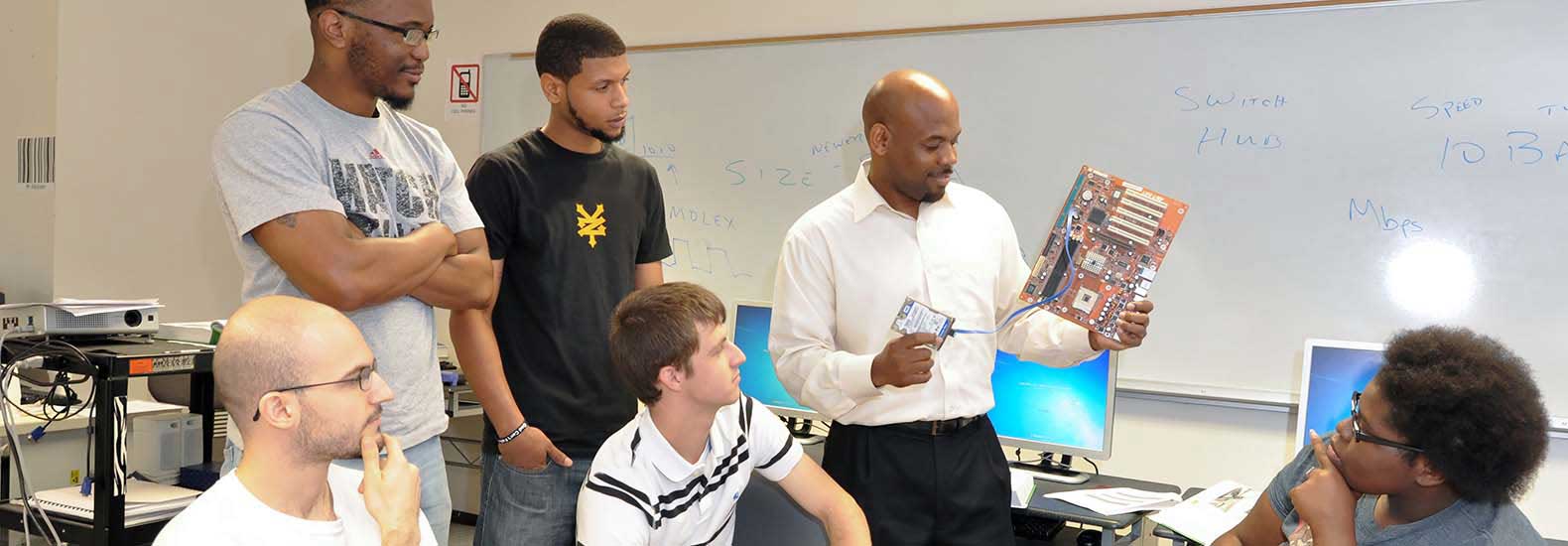One of the jokes shared in information technology school is “turn it off and on again” to solve a majority of problems. While it is true rebooting a device will solve a large collection of problems people experience, in some cases it’s not enough. Wireless routers, in particular, can be finicky and hard to troubleshoot for people who don’t work with them on a daily basis.
Today, it’s nearly impossible to walk into any home in the United States and not find a wireless router or Wi-Fi network. The router can even be referred to as the focal point of any modern home linking together computers, tablets, smart TVs, game consoles, and even kitchen appliances in some cases. When poor network performance becomes an issue it affects this entire network in the home. When it happens, it can be frustrating, but understanding the factors behind why a wireless router may be failing can help people to understand how to fix the issue.
Dealing with the Distance
People who attend our information technology college will probably understand the frustration that comes with distance and wireless routers. Wireless routers have a limited range and when devices are placed on the fringes, experiencing a patchy signal is common. The internet is unable to reach the access point and after a certain range cannot be used to connect to the greater network.
When the distance is the issue, users can update their router with 802.11; a standard that offers the best connectivity. They can also purchase a range extender antennae or reconfigure the layout of their network by bringing the devices closer to the router. Alternatively, the router can also be moved to be closer to the devices.

Checking How Much is Connected
The other aspect of wireless routers students learn at our information technology college is that networks have limited bandwidth. When too many applications or devices are connected at once, they begin to compete with each other for the available bandwidth. This results in poor performance and slow data speeds which can make it difficult to get anything done on the network.
For example, if someone is streaming on their TV, another person is on their computer, and yet another is on the cell phone, this could overload the whole network. Many routers today do offer dual-band or tri-band technology which helps to free up bandwidth on several channels to help spread the workload. This is especially important since today more people than ever connect multiple devices to their router, so it’s almost become a necessity.
The Right Speed
One of the other lessons students can expect to learn at our information security school is the hardware may not be the issue, but a slow network speed. Slow internet comes as a result of the service being offered by the ISP (Internet Service Provider). There are a few contracts that choose to provide a lower connect speed in exchange for less pricey monthly charges. When this is the case, users will need to contact their ISP to either upgrade their current connection plan or switch to another provider.
These are only a few of the factors students can expect to learn about at our information technology school. Wireless can and do fail all the time, but in some cases, it’s not even the issue of the hardware. Testing out certain aspects and figuring out the problem will help people to better understand how to fix it in the first place. Once they’re able to identify the issues, it’s much easier to solve and could end up being an easy fix.
For more information about graduation rates, the median debt of students who completed the program, and other important information, please visit our website: https://iticollege.edu/disclosures/

